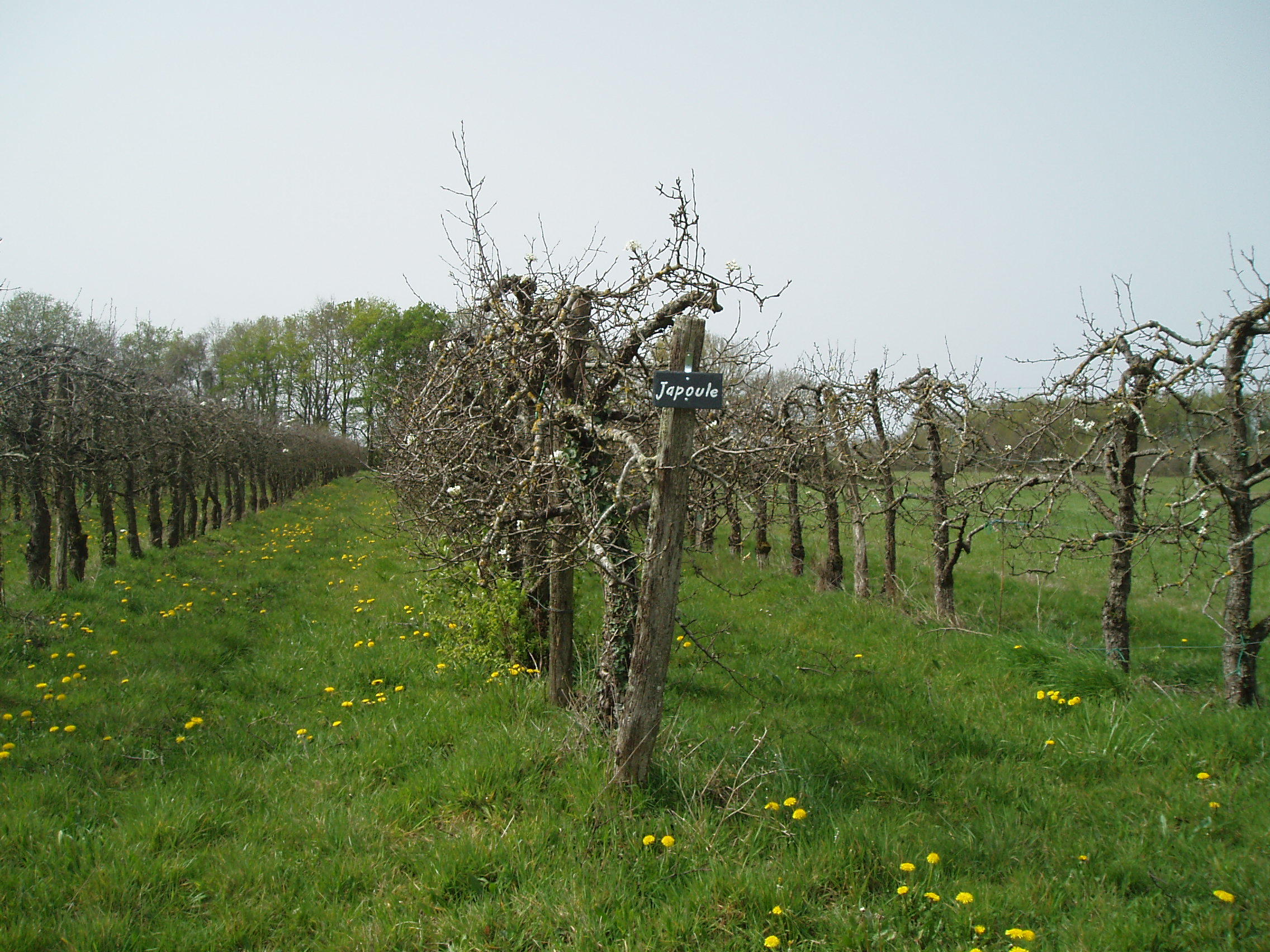Hike among pear orchards

Rivarennes
Hike among pear orchards
Easy
1h15
7km
+103m
-103m
Loop
Embed this item to access it offline
Attachment
- Downloadpdf
RIVARENNES_circuit_de_la_japoule-2025-IMPR
Credit: Circuit de la Japoule - Rivarennes - Touraine Vallée de l'Indre
Description
- Maison de la Poire Tapée
Back from the Crusades, farmers learned to preserve fruit by drying it for transport. This is the result of long and painstaking dehydration. The association of the same name has been in existence since 1987. Through an interactive scenography, it tells you its history and the stages of production. A tasting session will introduce you to this ancestral Rivarennes culinary specialty. Open to visitors from April to October. - Turpenay stream valley
A tributary of the Indre, the Turpenay stream has been partially restored to improve water quality, promote the reproduction of flora and fauna, recharge groundwater and limit downstream flooding. - Pear trees
Rooted on the stony slopes of Rivarennes, a few old "Curé" pear trees, around 4 m tall, stand out here and there. Harvested in October, their flesh is firm and tasty when cooked. There is also a low-stemmed "Conference" pear. This more recent variety has sweet, juicy flesh and is harvested in September. - Safeguarding orchard
In 1992, the association cleared an old, abandoned orchard and turned it into a conservation orchard. Old varieties of pear can be found there, both high and low stemmed: Martin sec, Petit-vert, Derouet, Grosse Grise... Then, as the association grew, it bought another low-stem orchard and overgrafted it with old varieties: Colmar, Queue de rat, Aigre Papin and Japoule. Fruit picked in September and October is used to produce the delicious Poire Tapée. Tours of the orchards are available by appointment. - Manoir de la Cueille
All that remains of the château built for the d'Espinay family is a section of wall. It was here that Beaumarchais stayed from 1767 to 1770, when he directed the cutting of wood in the Chinon forest, as requested by the Archbishop of Tours to repair his château. - Japoule traffic circle
The Japoule, a very old "pouère" (pear in old Tourangeau dialect), widespread in the region, is the emblematic figure of the Poire Tapée. Made of wrought iron and wicker for the occasion.
- Departure : Espace Camuset
- Arrival : Espace Camuset
- Towns crossed : Rivarennes
Forecast
Altimetric profile
Information desks
4 Rue du Château, 37190 Azay-le-Rideau
Report a problem or an error
If you have found an error on this page or if you have noticed any problems during your hike, please report them to us here: